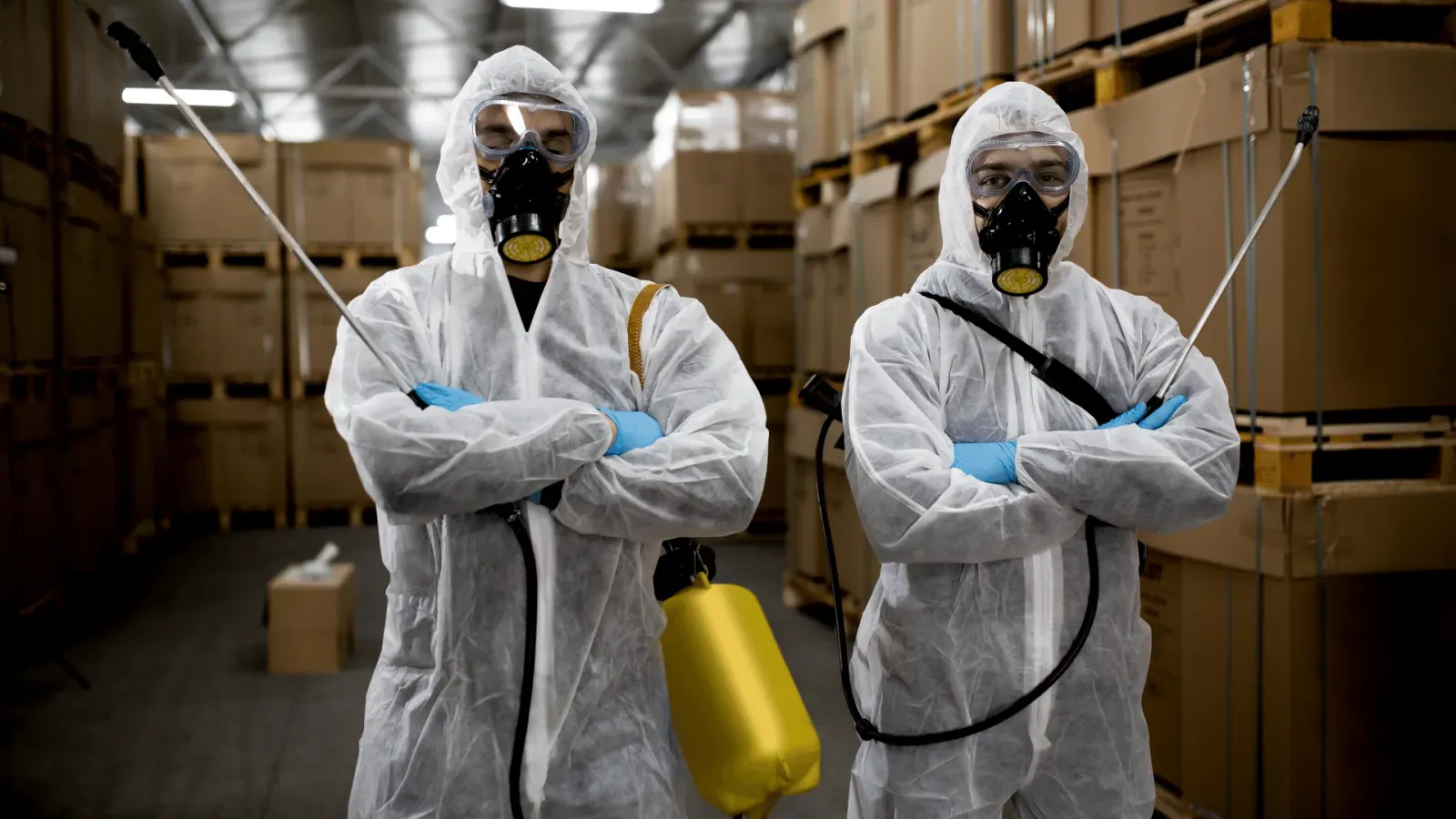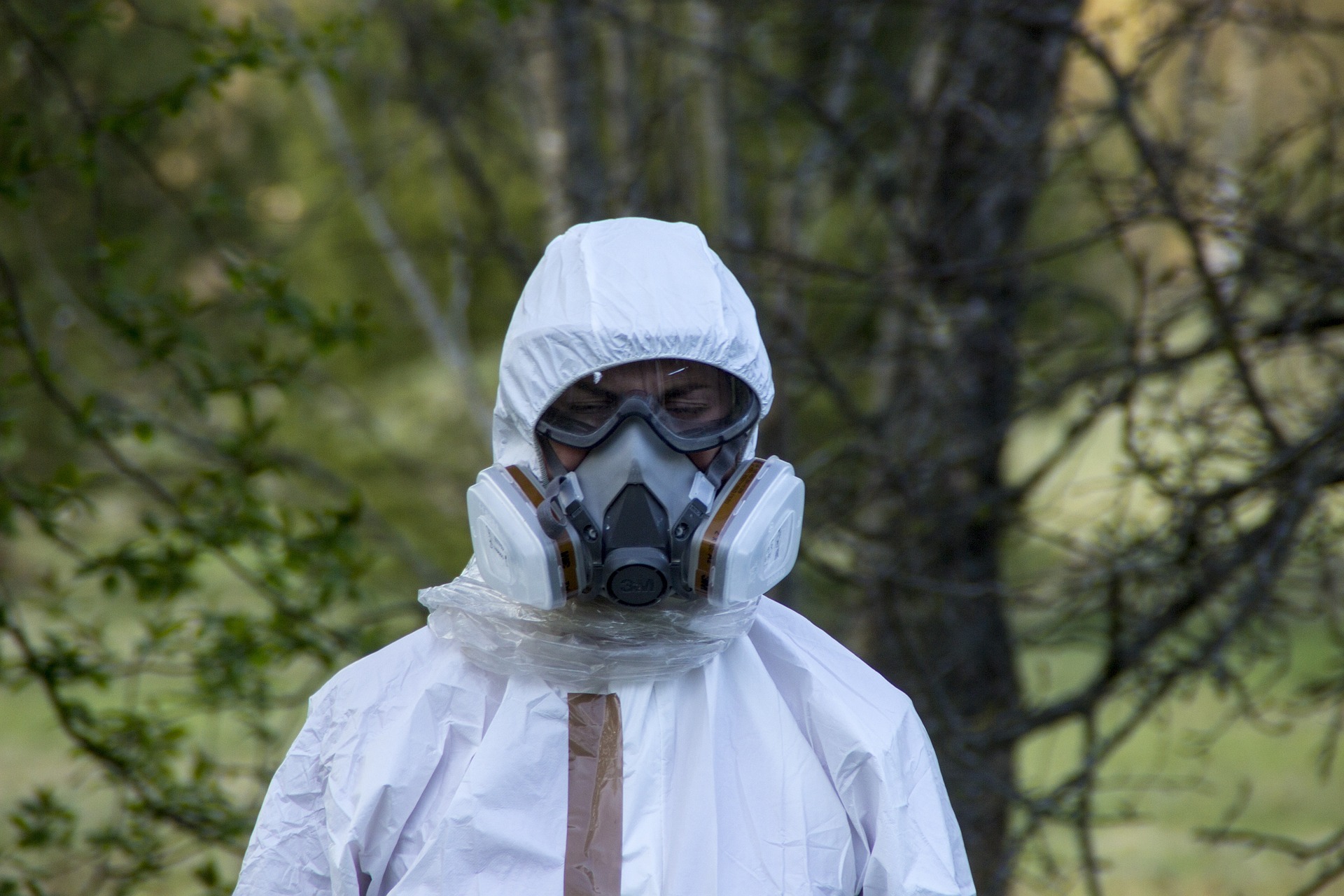OSHA’s Hazard Communication Standard: The New Safety Data Sheets Format


Last month we told you that OSHA has made changes to its Hazard Communication Standard (HCS), 29 CFR 1910.1200, requiring a switch to new straightforward Safety Data Sheets (SDS) and visually driven labels with hazard icons. Now it’s time for us to show you the new format so you can prepare your workplace (or worksite) for compliance.
New SDS Sheets
The new Safety Data Sheets (SDS), which were formerly called Material Safety Data Sheets (MSDS), are now required to follow a consistent 16-section format designed to make it easier for employees to identify chemicals, associated hazards, and instructions for emergency conduct when handling or storing the chemicals. The updated Hazard Communication Standard requires that the SDS sheets conform to the following format:
Section 1: Identification Identifies the chemical and its recommended uses.
Section 2: Hazard(s) Identification Details hazards associated with the chemical, including the chemical classification, signal word, hazard statements, pictograms, and precautionary statements.
Section 3: Composition & Information on Ingredients Lists ingredients of the chemical or chemical mixture.
Section 4: First-Aid Measures Details the initial steps to be taken in case of a medical emergency.
Section 5: Fire Fighting Measures Provides information on the recommended steps for fighting a fire caused by the chemical, including inappropriate measures specific to the chemical.
Section 6: Accidental Release Measures Details containment and cleanup steps to be taken in case of an accidental leak, spill or release.
Section 7: Handling & Storage Describes the proper handling measures and storage conditions for the chemical.
Section 8: Exposure Controls & Personal Protection Lists safe exposure limits, engineering controls and personal protective measures to take when handling the chemical.
Section 9: Physical & Chemical Properties Identifies the physical and chemical properties of the chemical, as defined by 23 factors.
Section 10: Stability & Reactivity Describes possible reactivity hazards and protocols for maintaining stability of the chemical.
Section 11: Toxicological Information Details possible effects of exposure on human health.
Sections 12 through 16 are non-mandatory, but chemical manufacturers are required to include them if there is applicable information for the chemical. Listed in prescribed order, these sections are: (12) Ecological Information, (13) Disposal Considerations, (14) Transport Information, (15) Regulatory Information, and (16) Other Information.
A full, detailed rundown on the new SDS format can be found in this OSHA brief.
Employers, please note: While chemicals found in regular office supplies like pens, white out, window cleaner, etc. are exempt from this OSHA regulation, employers still need to train their employees on the new standard if there is a chance that hazardous chemicals might be encountered or used in their workplace. Even temporary circumstances like construction or remediation that might introduce hazardous chemicals into the workplace are covered under OSHA regulation. This means that all employees who might encounter hazardous chemicals-even in these types of circumstances must be trained on the new SDS sheets and labels required by the updated Hazard Communication Standard.
How can AMI Environmental Help Protect Building Occupants
At AMI Environmental, our main goal is to assist clients and create a safe building environment, while adhering to laws and regulations. With decades of experience, our Industrial Hygiene Professionals’ purpose is to help our clients not only protect building occupants, but also manage risk. Once we’ve done our job, you can enjoy the peace of mind that everyone will be protected from harm. AMI will work to establish and maintain a safe work environment, including surveying your facility for risks; provide testing within your facility; maintain testing protocol; and assist in the recording process. If you have any questions or concerns, please contact Dan Taylor at dantaylor@amienvironmental.com.
related blogs

Why Indoor Air Quality Investigations is a Necessity in These Times?

Few Important Tips to Help You Select Environmental Consulting Services!




